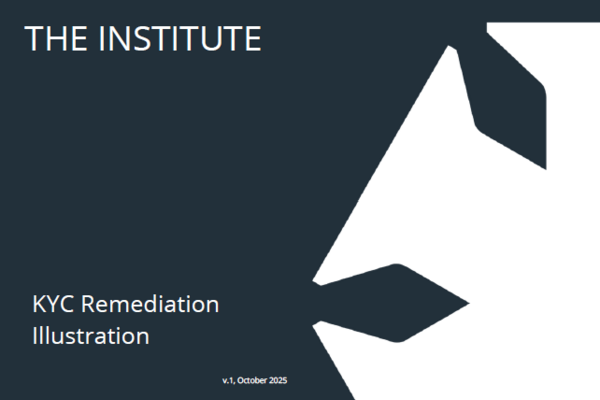KYC remediation has moved from a background task to a central priority for financial institutions. Weak or outdated customer due diligence has already led to substantial regulatory penalties, public censure and long term reputational harm. Across the industry, firms are grappling with historic data gaps, inconsistent risk assessments and customer files that no longer meet regulatory expectations. These shortcomings increase exposure to financial crime and make it far more difficult to evidence effective control frameworks when the FCA requests assurance.
As firms look ahead to 2026, the pressure to strengthen remediation efforts continues to grow. Regulators are asking for clearer governance, renewed attention to data quality and a more structured approach to identifying and resolving weaknesses. Boards, in turn, are demanding credible plans that show the organisation understands its customer base and can demonstrate compliance in a way that stands up to scrutiny.
In response to these challenges, we have developed our KYC Remediation Illustration, a new guide designed exclusively for our members. The illustration sets out what effective remediation looks like in practice. It offers a clear view of the full remediation lifecycle, from project design and scoping through to delivery, documentation and long term improvement. It also translates regulatory expectations into practical steps, helping firms understand how to evidence their decisions and maintain a defensible audit trail. Real examples are included to show how organisations can run remediation projects that are both achievable and aligned with supervisory expectations.
This new resource is now available to members.
Members can download the guide here.



